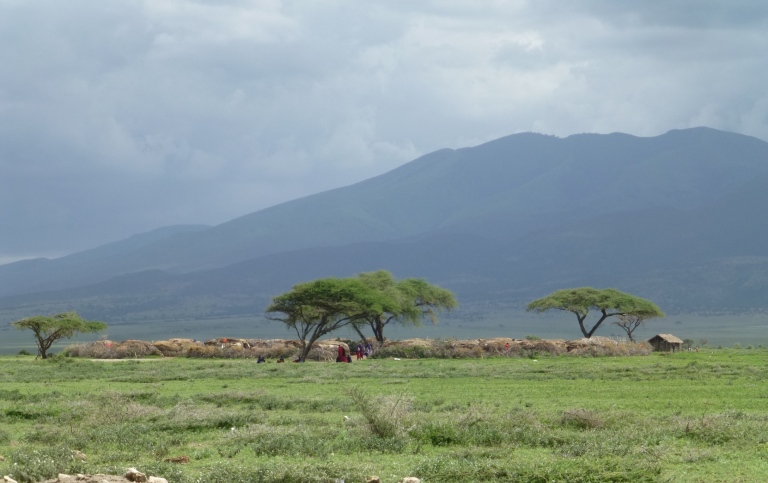Research project NG| Grazing pressure and rainfall variability challenging resilience of semi-arid rangelands
In this project, we focus on herbivore- plant- interactions in the Maasai rangelands of northern Tanzania.

We investigate how traditional Maasai rangeland management including seasonal exclosures impacts the vegetation and nutrient distribution in grasses and soil across the landscape. We try to quantify herbaceous plant productivity and regrowth as well as soil moisture and infiltration in dry season and wet season grazing lands as well as in traditional exclosures. This will give information on the resilience of rangelands towards different spatio-temporal grazing pressure and unpredictable precipitation pattern.
Project description

Rangelands worldwide play a crucial role in sustaining the livelihood of millions. Despite their importance, rangelands are prone to degradation, often caused by unsustainable use and climate change. Large-scale seasonal migratory movement has been climate-smart and sustainable for centuries, but is increasingly restricted by factors such as land fragmentation and sedentarization. We are interested in the differences in recovery rate of herbaceous vegetation when subjected to a variety of grazing pressure and rainfall amounts in northern Tanzania. In field experiments, we are measuring herbaceous vegetation cover and composition, standing biomass and grass nutrient content across three different rangelands areas, dry season rangeland, rainy season rangeland, and seasonal exclosures. In addition, we investigate how tree presence can alter recovery rates of the herbaceous layer and soil quality.
More about this project
Members
Internal: Anna Treydte
External: Sabine Baumgartner
External: Stuart Smith

